| Structure | Name/CAS No. | Articles |
|---|---|---|
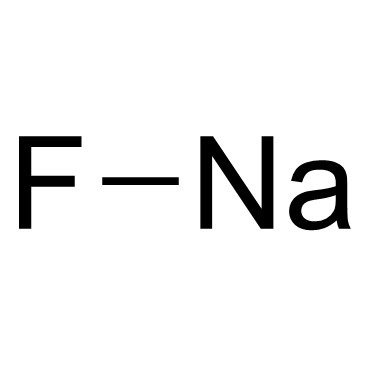 |
Sodium Fluoride
CAS:7681-49-4 |
|
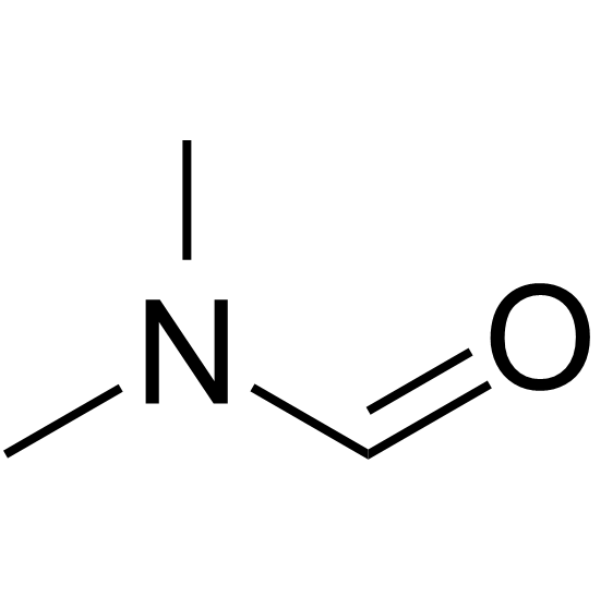 |
N,N-Dimethylformamide
CAS:68-12-2 |
|
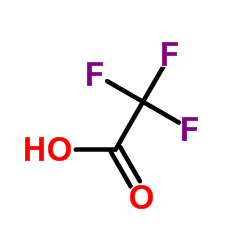 |
trifluoroacetic acid
CAS:76-05-1 |
|
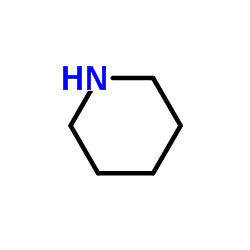 |
Piperidine
CAS:110-89-4 |
|
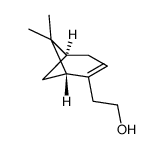 |
(-)-NOPOL
CAS:35836-73-8 |
|
 |
1,2-DIMYRISTOYL-SN-GLYCERO-3-PHOSPHOCHOLINE
CAS:18194-24-6 |
|
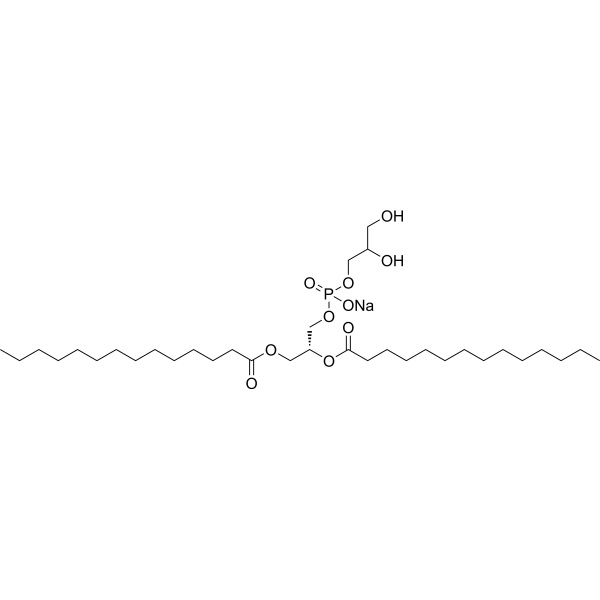 |
UNII:Q24R39NY7R
CAS:200880-40-6 |
|
 |
trisodium phosphate
CAS:7601-54-9 |
|
 |
Velcorin
CAS:4525-33-1 |
|
 |
DIEA
CAS:7087-68-5 |